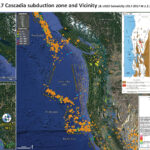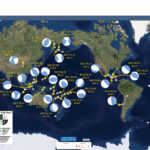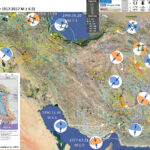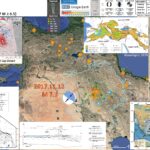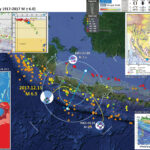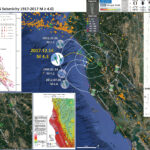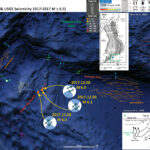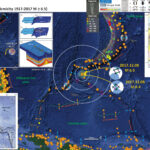Here I summarize the seismicity for Cascadia in 2017. I limit this summary to earthquakes with magnitude greater than or equal to M 2.5. I prepared reports for 6 of the 7 earthquakes presented (using moment tensors) on the main…
Earthquake Report: 2017 Summary
Here I summarize Earth’s significant seismicity for 2017. I limit this summary to earthquakes with magnitude greater than or equal to M 6.5. There were only 6 earthquakes greater than or equal to M 7.0 in 2017 (compared to 17…
Earthquake Report: Iran
A couple weeks following the earthquake in eastern Iraq, there was a sequence of earthquakes in central eastern Iran. These earthquakes are too distant to be related. The Iranian sequence includes a M 6.1 foreshock on 2017.12.01 and two M…
Earthquake Report: Iraq
A month and a half ago, I was attending the PATA conference and an earthquake hit Iran and Iraq the night before our first field trip. Thus, I did not have the time to address this earthquake at the time.…
Earthquake Report: Java!
This morning (my time) there was a deep earthquake along the subduction zone beneath Java. The M 6.5 earthquake hypocentral depth is deeper than the subduction zone megathrust fault, so it is the downgoing Australia plate (AP). My initial interpretation…
Earthquake Report: Laytonville (northern CA)!
This morning there was a small earthquake in a region of northern California between two major faults that are part of the Pacific-North America plate boundary. The M 4.3 earthquake occurred between the San Andreas fault (SAF) to the west…
Earthquake Report: Caroline Ridge Update #1
Well, there was an earthquake this morning (my time) that may help us select a fault plane solution. Recall that these fault plane solutions (moment tensors and focal mechanisms) have two possible fault planes. We need additional information (like fault…
Earthquake Report: Caroline Ridge
There was an earthquake sequence beginning 2017.12.08 along the northern flank of Caroline Ridge in the western Pacific Ocean, near the intersection of the Mariana and Yap trenches. The two largest earthquakes, M 6.5 and M 6.4, are both strike-slip…

